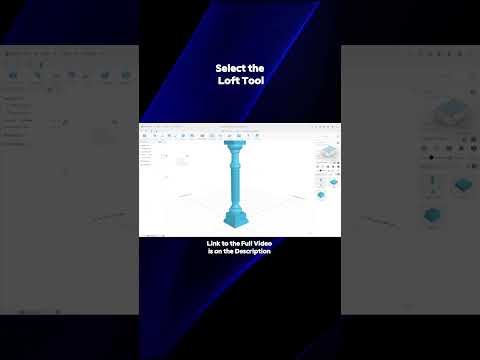Your Cart is Empty
Customer Testimonials
-
"Great customer service. The folks at Novedge were super helpful in navigating a somewhat complicated order including software upgrades and serial numbers in various stages of inactivity. They were friendly and helpful throughout the process.."
Ruben Ruckmark
"Quick & very helpful. We have been using Novedge for years and are very happy with their quick service when we need to make a purchase and excellent support resolving any issues."
Will Woodson
"Scott is the best. He reminds me about subscriptions dates, guides me in the correct direction for updates. He always responds promptly to me. He is literally the reason I continue to work with Novedge and will do so in the future."
Edward Mchugh
"Calvin Lok is “the man”. After my purchase of Sketchup 2021, he called me and provided step-by-step instructions to ease me through difficulties I was having with the setup of my new software."
Mike Borzage
Revit Tip: Maximize Project Management Efficiency with Revit Revision Tools
October 05, 2024 2 min read

In the fast-paced world of architectural design, maintaining accurate and up-to-date documentation is crucial. One of the key features in Revit that supports this is the Revision Tools. Here are some pointers on effectively using Revit’s Revision Tools to streamline project management and ensure all stakeholders are on the same page:
- Setting Up Revisions: Begin by configuring your revision settings to match your project’s needs. Navigate to the Manage Tab > Settings Panel > Revisions. Here, you can define numbering, sequence, and revision date formats. Align these settings with project standards to maintain consistency across all documents.
- Assigning Revisions to Sheets: Once your revisions are set up, the next step is to apply these to the relevant sheets. Open the sheet you need to revise, and in the Sheet Composition panel, choose Revisions on Sheet. This ensures that any changes are clearly documented and visible to all team members and clients.
- Clouding Revisions: It’s essential to visually signify changes within your drawings. Use the Revision Cloud tool to highlight updated areas. Select the revision number you wish to apply, then draw the cloud around the modified parts of your project. This clarity aids in quickly communicating changes to collaborators.
- Tracking Revisions: Utilize the Revision Schedule on your sheets to keep a record of changes over time. This feature will automatically update as revisions are added, providing a comprehensive history of modifications for each document.
- Printing and Sharing: Before sharing your documents, ensure that all revisions are locked and labeled correctly. Check the print settings to include revision schedules and clouds. This ensures that all recipients are aware of the most recent changes and reduces the risk of outdated information being used.
- Keeping Communication Clear: Utilize the revision description feature to add notes or explanations for each change. This is especially useful in collaborative environments where miscommunication can lead to costly errors.
Mastering these tools not only enhances the efficiency of your workflow but also improves communication and reliability in your project delivery. By systematically managing revisions, you ensure a smoother transition from design to construction.
For more advanced tips and expert advice on Revit, consider following NOVEDGE on social media for the latest updates and insights from the world of architecture and design software. Their resources can provide invaluable support as you navigate the complexities of architectural design.
You can find all the Revit products on the NOVEDGE web site at this page.
Also in Design News

💎 Rhino Artisan Arrives in Turkey: Revolutionizing Jewelry Design
February 27, 2025 1 min read
Read More
ZBrush Tip: Mastering Curve Surface for Unique Textures in ZBrush
February 27, 2025 2 min read
Read MoreSubscribe
Sign up to get the latest on sales, new releases and more …



